Officer's Memorial, Kansas City Massacre (1933) and Union Station's Lamp Post Clock
Introduction
Text-to-speech Audio
In the 1920s and early 1930s, before the devastating effects of the Great Depression really took the country by storm, the United States was going through a “golden period.” Alcohol may have been prohibited, but the national fervor was widely apparent. Along with Prohibition, however, organized crime in New York and Chicago put millions of dollars in the hands of criminals and murderers, and well into the 1930s, organized crime often resulted in several grueling, bloody events. On the morning of June 17th, 1933, infamous gangster Charles Arthur “Pretty Boy” Floyd and two other constituents, Vernon Miller and Adam Richetti, murdered four police officers and a prisoner in front of the Union Railway Station in Kansas City. This mass murder shocked the nation and drew significant exposure to the nature of organized crime, and this act thereafter changed many of the standard procedures of the FBI. Just south of the marker honoring the officers who perished in the Kansas City Massacre is a stately outdoor clock that was located at 10th and Main in the 1880s.
Images
This memorial plaque is located just to the left of the east entrance to the station
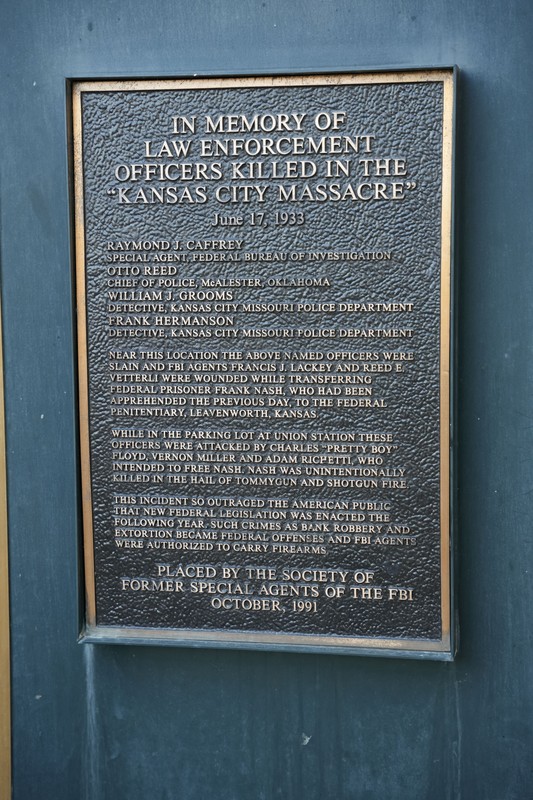
This bullet hole from the shootout is still visible in the marble and located just to the left of the memorial
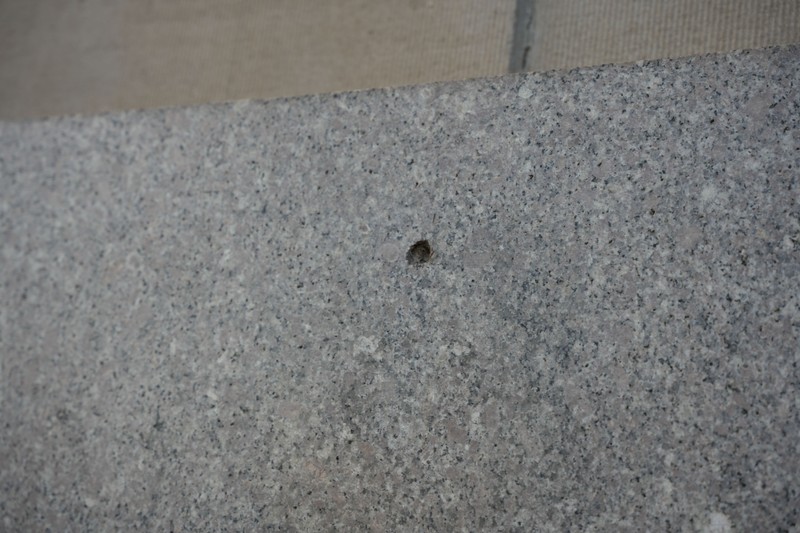
Scene in Front of the Railroad Depot Moments after the Kansas City Massacre
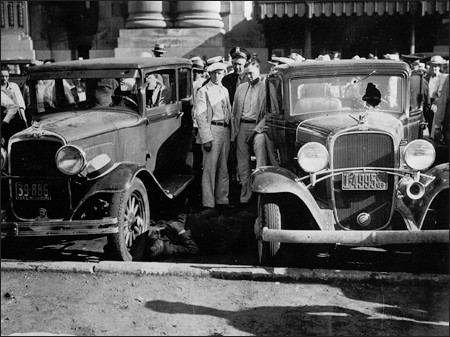
Frank Nash's body is visible in the driver's seat
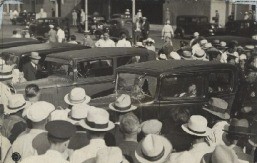
FBI "Wanted" form for Pretty Boy Floyd. In the lower right hand corner, you can see that the issue was signed by John Edgar Hoover, director of the FBI
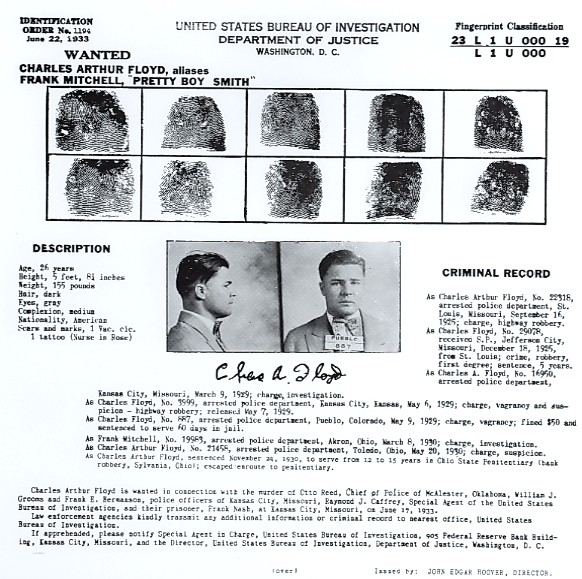
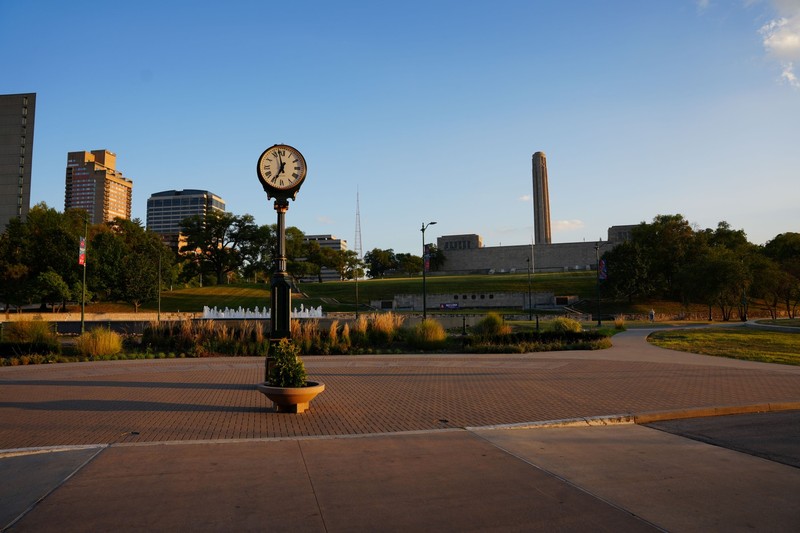
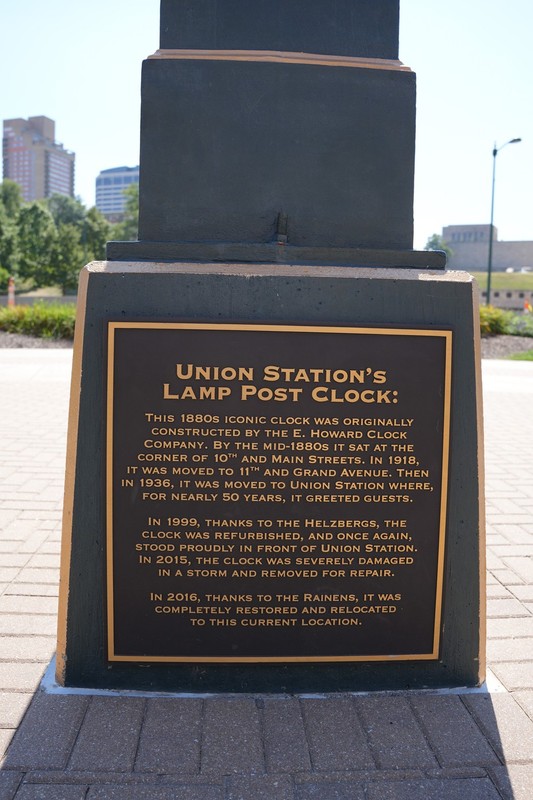
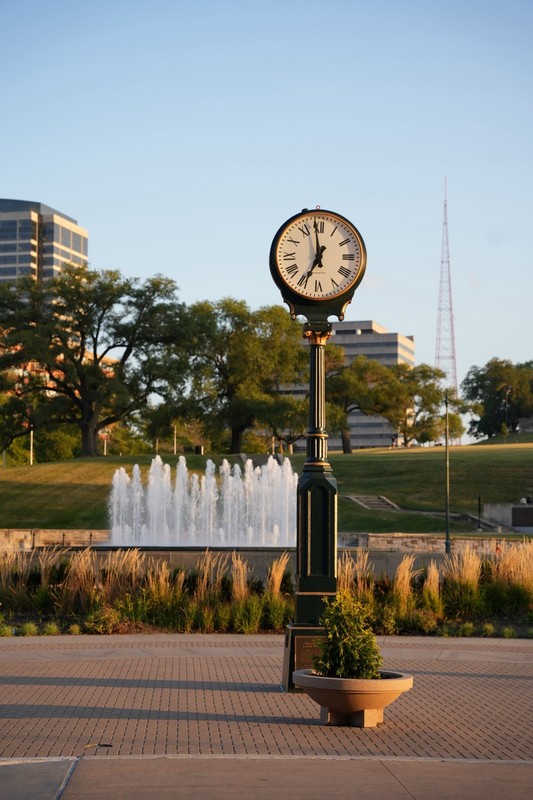
Backstory and Context
Text-to-speech Audio
The Kansas City Massacre
The foundation of the Kansas City Massacre involved an attempt by Floyd, Miller, and Richetti to free the federal prisoner Frank Nash from the hands of the FBI. Nash’s previous convictions included a life sentence for murder in 1913 (pardoned), a 25-year sentence for burglary with explosives in 1920 (pardoned), and a 25-year sentence for assaulting a mail custodian in 1924 (escaped with seven other prisoners in 1931).
On June 16th, 1933, and based on information from two captured bank robbers who were associates with Nash, two FBI agents and an Oklahoma Police Chief captured Frank Nash in Hot Springs, Arkansas. At 8:30pm on June 16th, the officers and Nash boarded a train to Kansas City, which would arrive at 7:15 a.m. Before leaving, the three officers arranged for the agent in charge of the FBI’s Kansas City office to meet them at the Union Railway Station.
News of Nash’s capture spread through the underworld quickly, and so did the time of the FBI’s arrival in Kansas City. Four men organized a conspiracy to free Nash, and they gave Vernon Miller the task. Pretty Boy Floyd and Adam Richietti agreed to aid the mission. On the morning of June 17th, the three gunmen took positions outside the Union Railway Station and awaited the FBI’s arrival.
A total of seven officers were leaving the Union Railway Station with Frank Nash. Two of them had shotguns, while the other officers carried pistols. Walking outside the station, the officers didn’t find anything suspicious, and moved Nash to the transport car (a Chevrolet). Some officers were inside the car with Nash, with others outside, when two of the armed gunmen ran up to the car. One FBI officer noted that at least one of them had a machine gun. At first, a gunman told the officers to put their hands up, but a few seconds later, a command came forth saying, “Let ‘em have it!”
While the two gunmen approached the Chevrolet, the third snuck up behind the radiator of another car and opened fire with a machine gun. Two officers immediately fell to the ground, another FBI officer (the agent in charge of the FBI’s Kansas City Office) fell with a fatal wound in the head, and both Nash and the Oklahoma Police Chief were killed from inside the car. The three gunmen escaped, and in total, the assault lasted about 30 seconds.
On November 33rd, 1933, Vernon Miller’s mutilated corpse was found in a ditch on the outskirts of Detroit. Floyd and Richetti went on the run together for over a year, and Richetti was captured near Wellsville, Ohio, on October 20th in 1934. A gunfight ensued in this capture, and Pretty Boy Floyd escaped, possibly wounded. Two days later, officers found Floyd outside Clarkson, Ohio, and another gunfight ensued. Floyd was hit twice, captured, and taken to a hospital. He died 15 minutes after being shot. The four other men who had engineered the conspiracy to free Floyd were indicted by a Grand Jury in Kansas City two days after Floyd was killed. A year later, all four men were found guilty.
Union Station's Lamp Post Clock
Just south of the marker and bullet holes, one can find an outdoor clock that predates Union Station and even its predecessor, Union Depot, which served the city from 1878 to 1914 and was located in the city's West Bottoms. The clock dates back to the 1880s and was located at the corner of 10th and Main. The clock was refurbished and restored in the late 1990s thanks to the Helzberg family. The clock was damaged in a 2015 storm but was restored thanks to the Rainen family, and it was dedicated to this location in 2016.
Sources
1.) "Kansas City Massacre/“Pretty Boy” Floyd." Federal Bureau of Investigation. Accessed June 21, 2015. https://www.fbi.gov/history/famous-cases/kansas-city-massacre-pretty-boy-floyd
Photo by David Trowbridge
Photo by David Trowbridge
Photo by David Trowbridge
Photo by David Trowbridge
Photo by David Trowbridge
